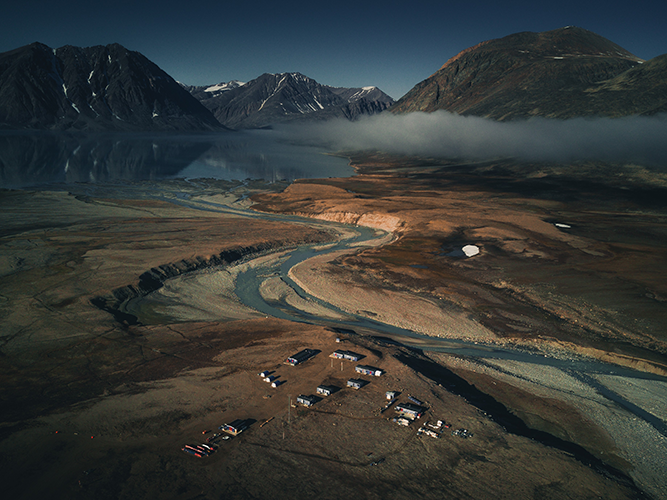
Over 100 ICOS scientists from 73 stations around Europe worked together to create a new large dataset that has now been added to ICOS Carbon Portal. The “Warm Winter 2020” continues the previous flux datasets and provides new opportunities for climate research. Several analyses are already underway.
A new dataset produced by the Warm Winter 2020 Team and ICOS Ecosystem Thematic Centre has been added to the ICOS Carbon Portal. It expands the previously available datasets in terms of years as well as geographical and ecological coverage.
The data has been collected from 73 Ecosystem stations across Europe. The dataset fills the gaps between the years 2018 and 2020 that were missing from previous versions, and represents a significant increase in the number of Ecosystem stations compared to the previous dataset, Drought 2018, which included 52 Ecosystem stations.
Almost thirty new stations provided data all across Europe and beyond. The dataset represents a wide range of ecosystem types: a tropical forest in French Guyana, an arid forest in Israel and a wetland area in Greenland, just to name a few.
“We can’t measure every square meter of Europe”, says Dr. Nicola Arriga, Principal Investigator at the ICOS San Rossore station and Project Officer at the European Commission DG Joint Research Centre in Ispra, Italy. “But having more stations included means we have better representation in terms of latitude and types of ecosystems.”
Exceptional events sparked interest in data collection
Similarly to the Drought 2018 dataset, the collection of the Warm Winter was sparked by an exceptional event. Europe was seeing extremely high temperatures in January-February of 2020. This provoked a group of scientists to start collecting the data.
“We wanted to see if the high temperatures triggered any response in the ecosystems and oceans, and also if there was any interaction with the COVID-19 related lockdown, that significantly altered the human-induced emission pattern immediately after the winter”, Arriga says.
Several analyses based on these data are already underway, and the group is expecting research papers and presentations soon. The dataset could be used for a wide variety of topics – to study ecosystem behaviour under climate change, to make intercomparisons with recently available remote sensing data, or study carbon and water cycles.
A collective effort of more than 100 scientists
The dataset is a product of a collective effort. More than 100 scientists – most of them belonging to ICOS – enthusiastically joined the initiative. Most of the data were collected through ICOS stations, but several non-ICOS stations also shared their data through the Carbon Portal. The European Fluxes Database Cluster was in charge of processing the data and encouraged more stations to join the initiative.
As with all ICOS data, the quality standards have been kept high. The result is a large pool of new data, collected from all corners of Europe, for the scientific community to use.
Explore the Warm Winter dataset here.